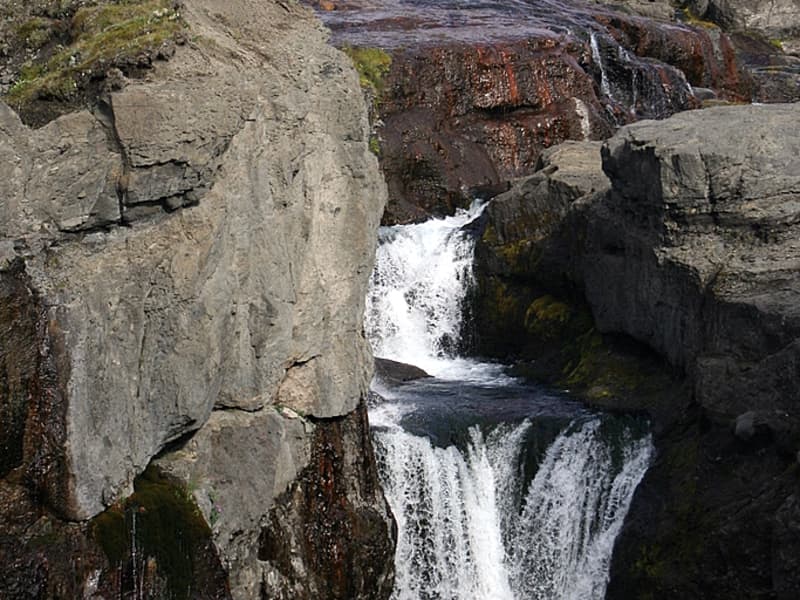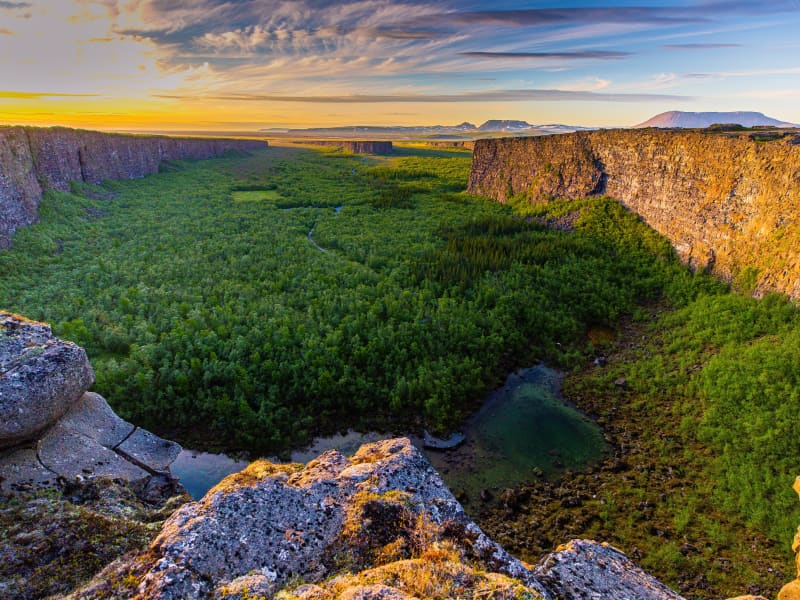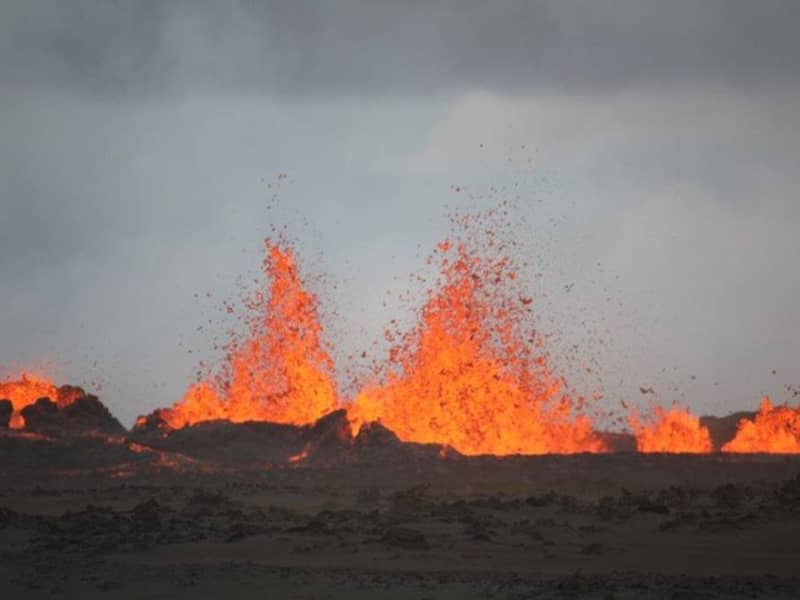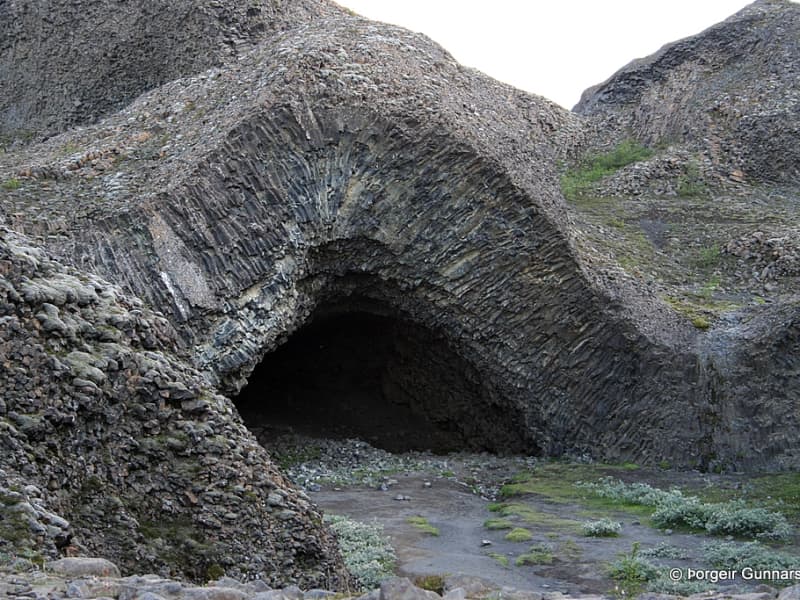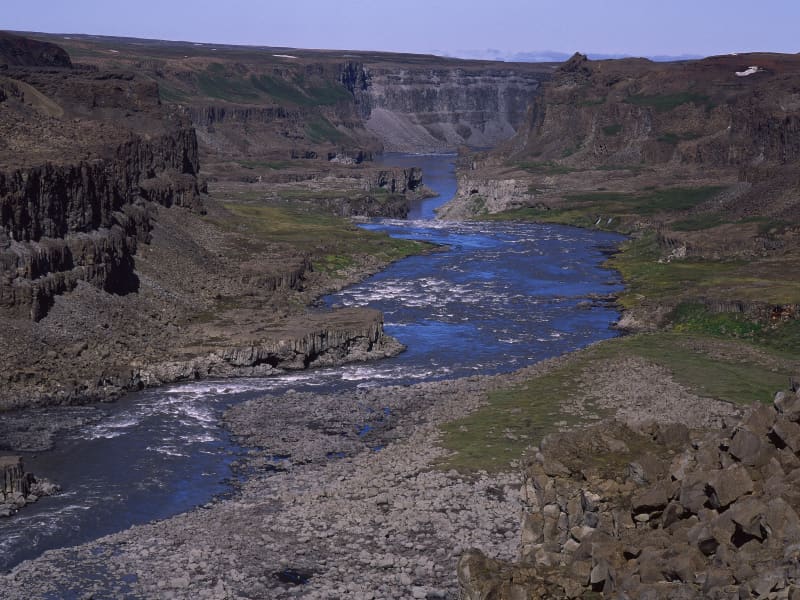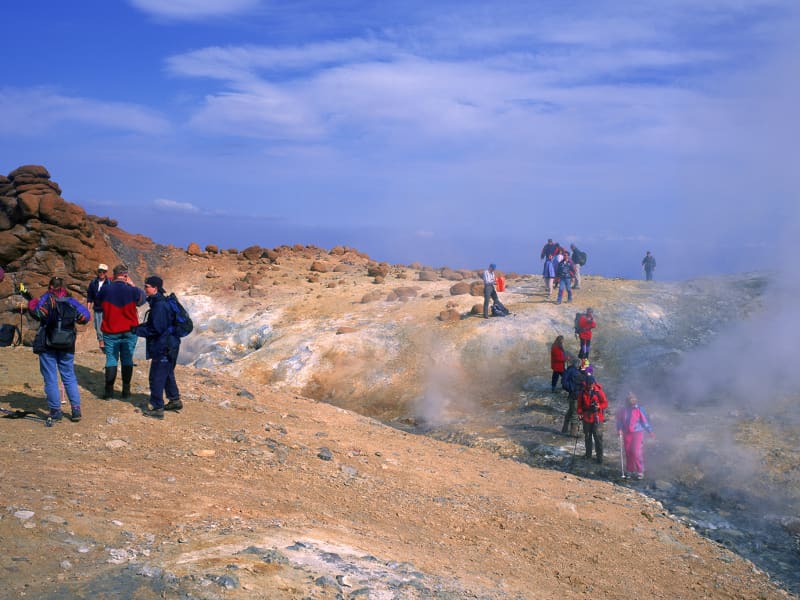Hólmatungur
Hólmatungur is an expanse of rich vegetation in the Jökulsárgljúfur area, and there are many beautiful columnar rock formations to be found there.
The footpath between Hljóðaklettar and Hólmatungur, alongside Jökulsá á Fjöllum, is among the most beautiful in Iceland. The waters of countless streams bubble up in Hólmatungur, which then tumble over ledges into Jökla. Here you will also find Gloppuhellir cave in Gloppa, which is a very special natural creation.
View

